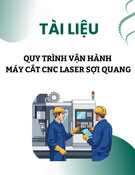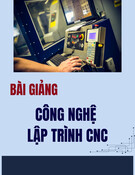
Simpo PDF Merge and Split Unregistered Version - http://www.simpopdf.com

Section 8: AUGMENTER WALL TEMPERATURE
8.1 Wall Temperature Measurement. (For definitions of the terms for
equations below, refer to Table 1.) Measurements of augmenter wall
temperature were made in all of the postconstruction facility checkouts
reported herein [1, 3, 8, 9]. In addition, measurements of augmenter wall
temperature were made during the model test programs reported in References
[3, 14 and 15]. In some cases the augmenter wall temperature data have been
reduced to a wall temperature parameter where:
Measured wall temperatures are plotted versus axial position in the augmenter
in Figures 17, 18 and 19 for aligned engines or aircraft. Figures 17 and 18
present such data for aligned aircraft and engine cases where the exhaust
centerlines were aligned with and nearly contiguous with the augmenter
centerline. As a good first approximation, the maximum augmenter wall
temperature in such cases equals the mixed exhaust temperature where:
8.1.1 Wall Temperature with Outward-Splayed Exhaust. Figure 19 contains
data for aligned aircraft where the exhaust centerlines were splayed outward
and located a significant lateral distance from the augmenter centerline (A-6,
F-14A and S-3A). In addition, Figure 19 contains a projected wall temperature
distribution for the F-14A in a Miramar type hush-house based on the model
tests [3]. The projection based upon the model tests is quite accurate.
8.1.2 Wall Temperature with Aircraft Misalignment. Figure 19 also shows
the 150 deg. F (65.6 deg. C) lower wall temperature measured at Patuxent River
during
34
Simpo PDF Merge and Split Unregistered Version - http://www.simpopdf.com

Simpo PDF Merge and Split Unregistered Version - http://www.simpopdf.com

Simpo PDF Merge and Split Unregistered Version - http://www.simpopdf.com

Simpo PDF Merge and Split Unregistered Version - http://www.simpopdf.com













![Bài tập tối ưu trong gia công cắt gọt [kèm lời giải chi tiết]](https://cdn.tailieu.vn/images/document/thumbnail/2025/20251129/dinhd8055/135x160/26351764558606.jpg)












